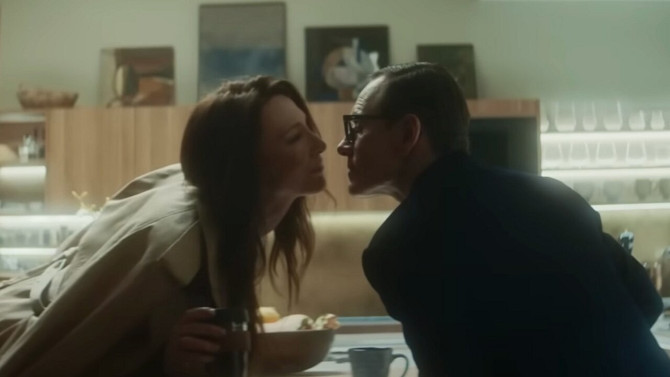
An Attaché Case
In 2025, dare I say that it’s nice to be highlighting a film made for mature audiences. Avoiding the pratfalls of sequels, remakes, comic book movies, and overly costly bombast, Black Bag, written by David Koepp (Mission: Impossible) and directed by Steven Soderbergh (Traffic), is most easily described as an old school spycraft feature. Opening with an extended tracking shot of spy George Woodhouse (Michael Fassbender) making his way through a happening nightclub in London, his contact soon informs him that there is a rat leaking some sort of tech software named Severus from within the agency. If there is one thing Woodhouse despises, it’s a liar, so he invites all of the suspects to a dinner party to try to get to the bottom of it.
-
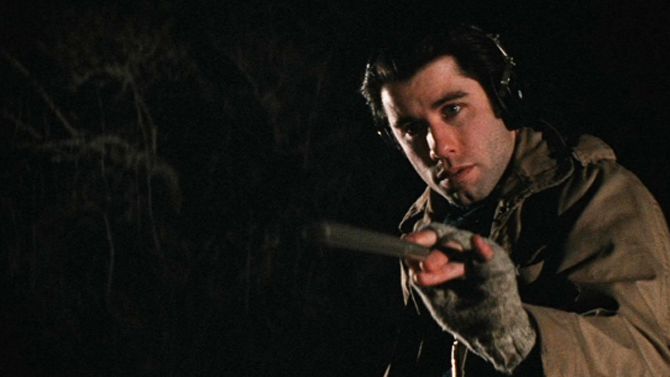
A Tribute to the Master of Suspense
Blow OutJanuary 26, 2014Alfred Hitchcock is often considered to be one of the greatest directors of all-time and I would have to agree with that assessment. His genius at building a suspenseful story through the camera lens in films such as Vertigo, The Birds, Rear Window, North By Northwest, to name a few, place him at the top of the list. One active director who would wholeheartedly agree is Brian De Palma.
-
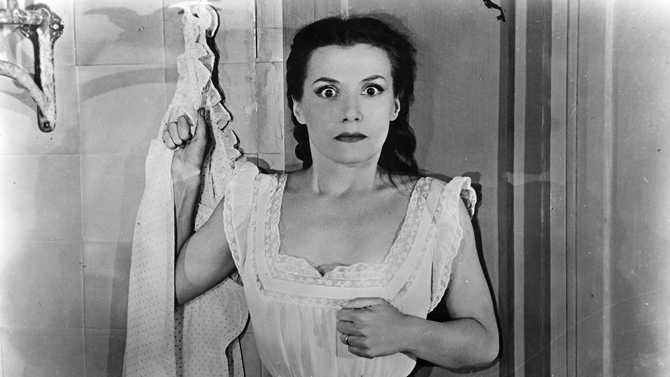
Not That Clouseau
DiaboliqueOctober 30, 2013When hearing the name Clouseau, most people automatically think of the bumbling French detective made famous by comedy genius Peter Sellers in the Pink Panther movies, or the uninspired remakes with Steve Martin. Yet I am not referring to that character, instead I am talking about serious film director Henri-Georges Clouzot who directed the horror mystery/thriller Les Diaboliques in 1955.
-
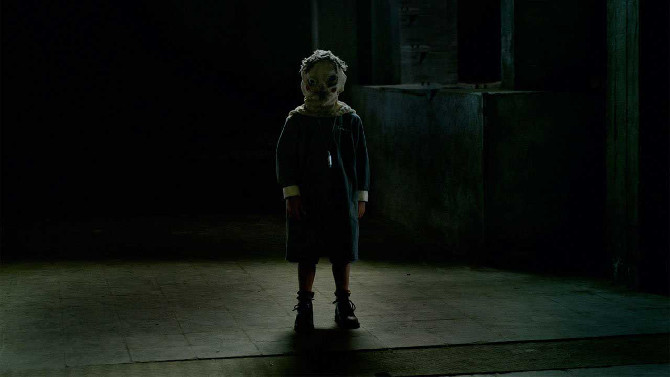
The Vintage Horror Feel
The OrphanageOctober 16, 2013Too many horror movies today tend to go for cheap thrills, such as jump-scares and graphic violence, rather than focusing on what makes the genre so special – slow-building suspense and a thick and eerie atmosphere. There is nothing wrong with mixing the two together, but too often directors forget about the mood of the film altogether. It is quite rare to find slow-burning and cleverly crafted horror films such as past classics like The Shining or The Changeling. Some of the most recent motion pictures that do capture this more vintage style of horror film are from Spanish speaking countries such as Spain and Mexico. It has been quite impressive to watch the sizeable amount of these style of horror films emerge over the past decade or so. One such film is the 2007 horror flick The Orphanage.
-
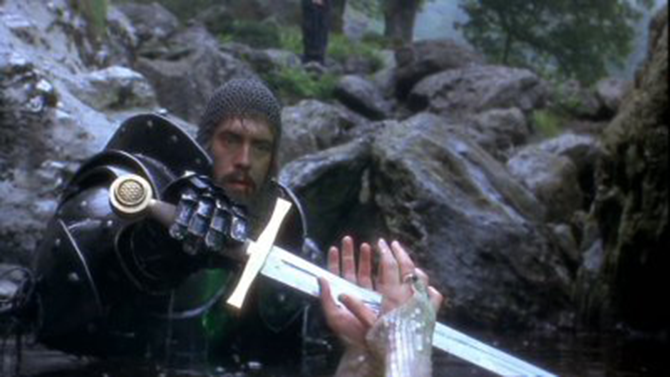
King Arthur Tale Told in All of its Glory
ExcaliburAugust 14, 2013There have been many attempts at turning the King Arthur legend into film – from bloated action tales and Cold War bewilderment (where the villains wear Soviet Union red outfits), to animated Disney classics, but the movie that best captures the true essence of the historic tale is the 1981 John Boorman (Deliverance) epic Excalibur.
-

What’s in that Box?
Kiss Me DeadlyAugust 7, 2013Fans of Quentin Tarantino and his iconic crime thriller Pulp Fiction may remember the cryptic glowing briefcase with the lock that is opened by the number 666 which is held by John Travolta and Samuel L. Jackson. This mysterious plot device was borrowed from one of the last great film noir pictures from that genre’s classical era, 1955's Kiss Me Deadly. Similarly, this gimmick was also used (but this time in the trunk of an automobile) in the Alex Cox 1984 cult classic Repo Man, starring Harry Dean Stanton and Emilio Estevez.
-
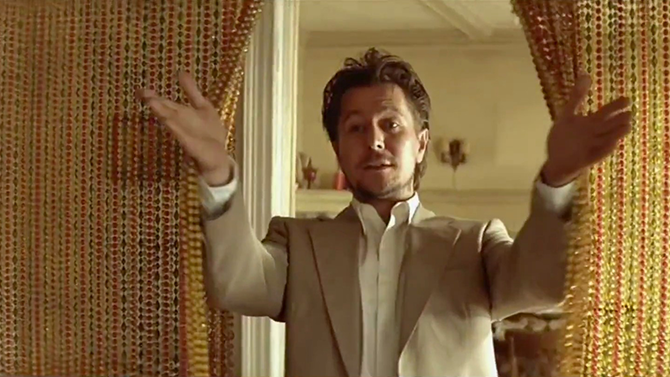
The Professional Delivers
Léon: The ProfessionalJune 17, 2013The 1980's and 1990's were two superb decades for amazing action films that contained easy on the eyes stunts, clever storylines, touches of comedy and great villains. Movies like the Die Hard trilogy, Lethal Weapon 1-4 , Mission Impossible, and James Bond entries like License to Kill and Goldeneye entertained in all of these categories. One of the best action movies to come out of the 90's though, is known as Léon or The Professional.
